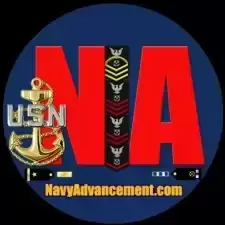-
👉 Latest News
-
FY 25 CPO (E7) Selection Board
By Tony, in Chief Selection Board Forum | Results, Preparation, Records
- 6 replies
- 6,241 views
-
- 0 replies
- 2,692 views
-
- 0 replies
- 1,836 views
-
- 0 replies
- 6,854 views
-
‘A game-changer’ House panel outlines quality-of-life improvements for troops for 2025 defense bill
By Tony, in Enlisted Pay, Benefits & Allowance Forum | Navy
- 0 replies
- 412 views
-




Recommended Posts
Join the conversation
You can post now and register later. If you have an account, sign in now to post with your account.
Note: Your post will require moderator approval before it will be visible.